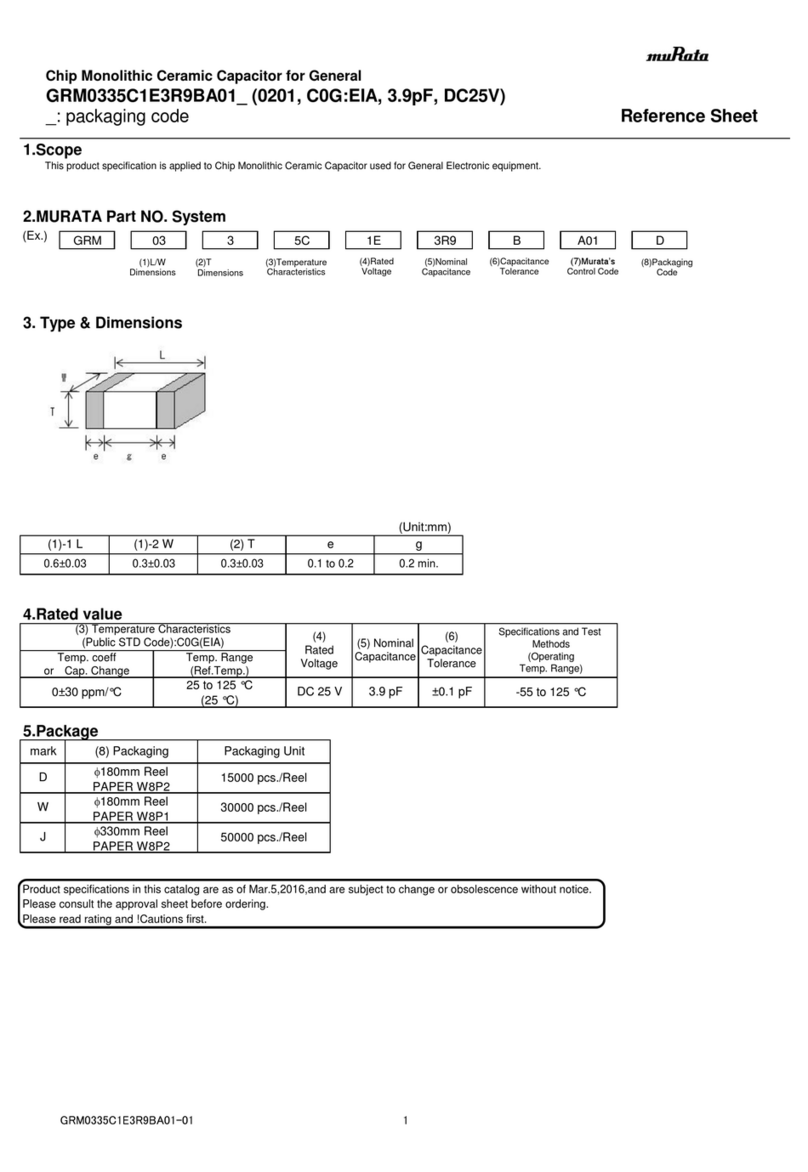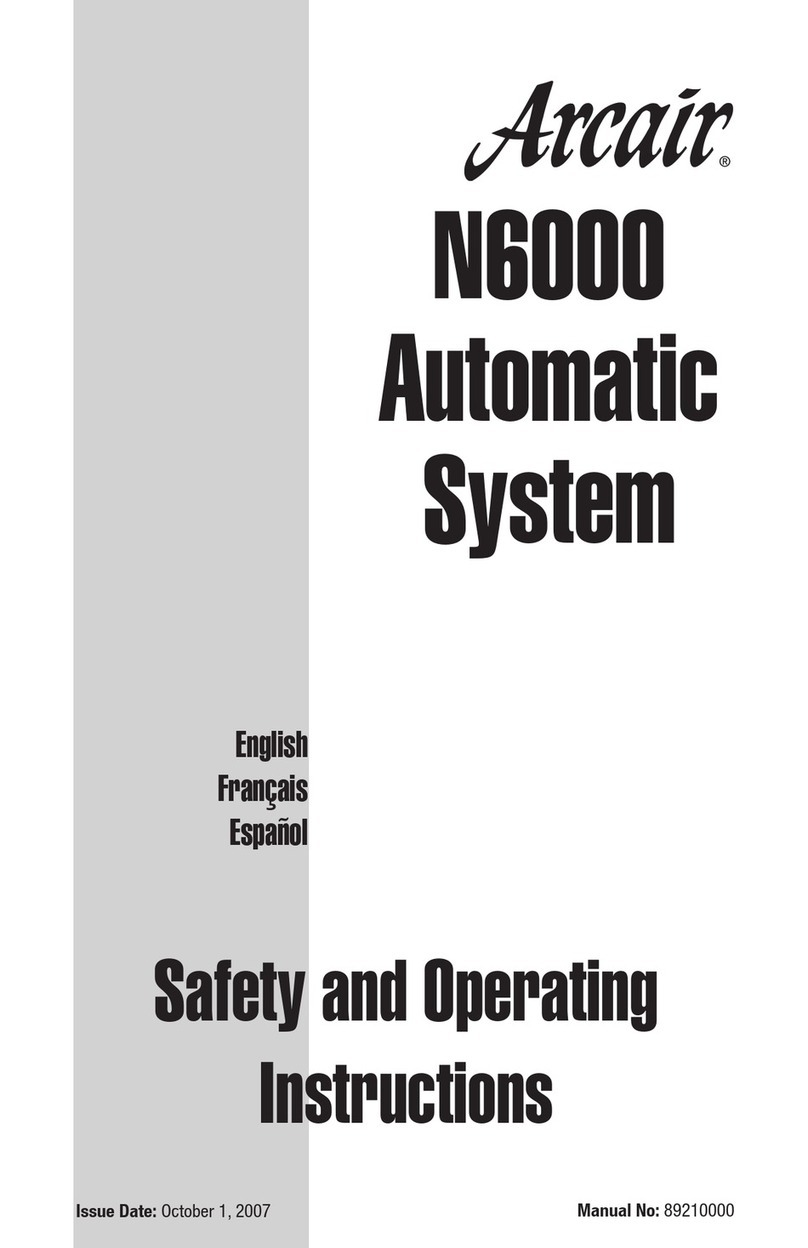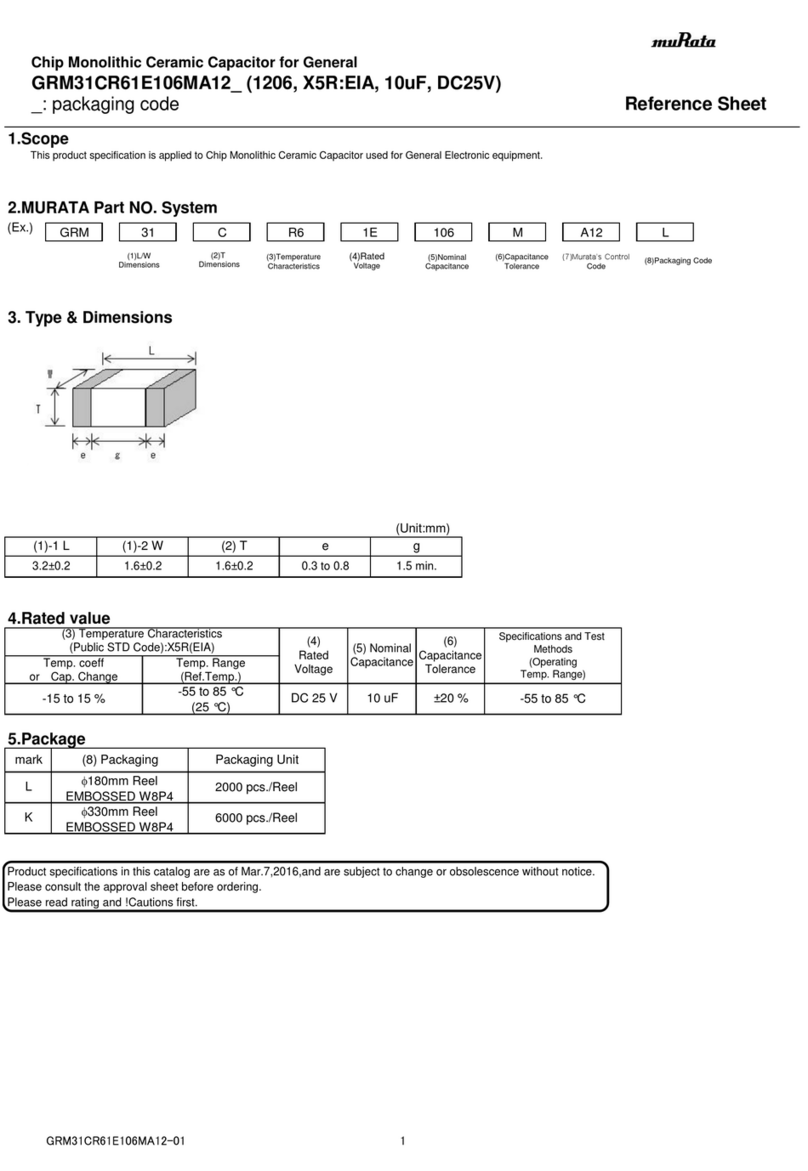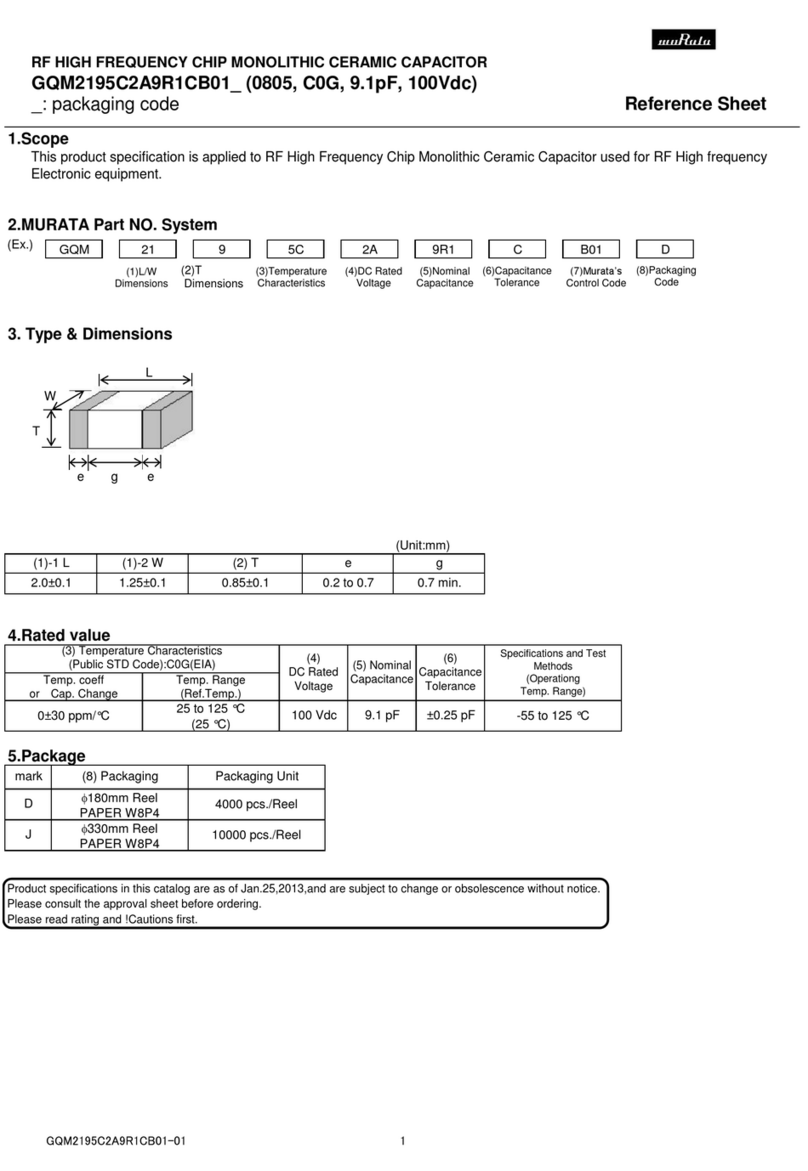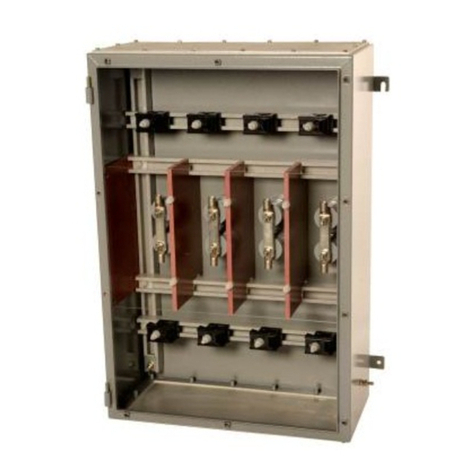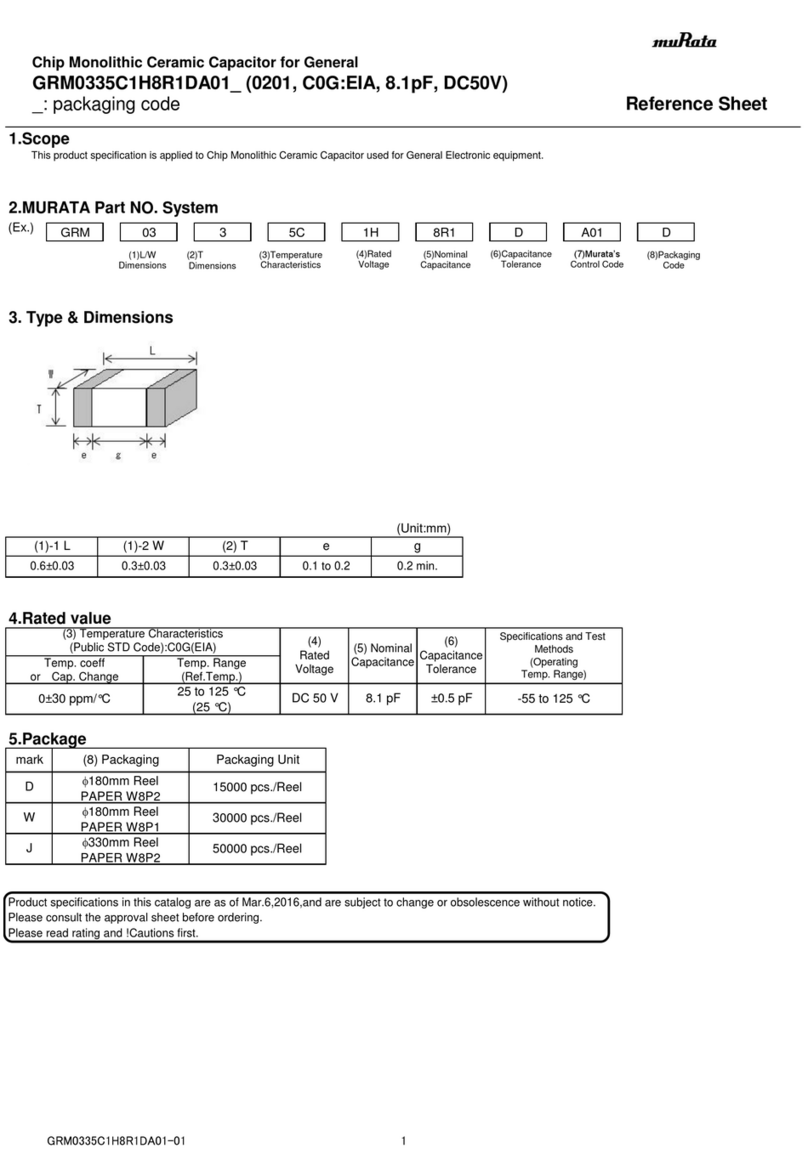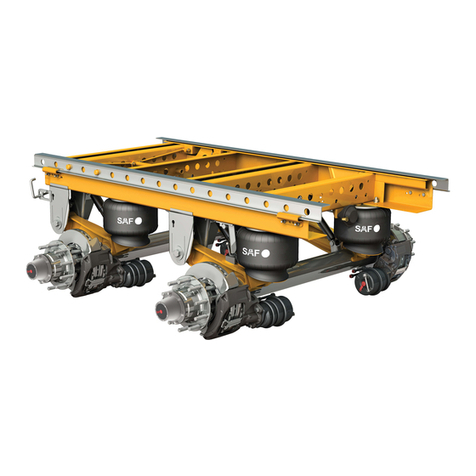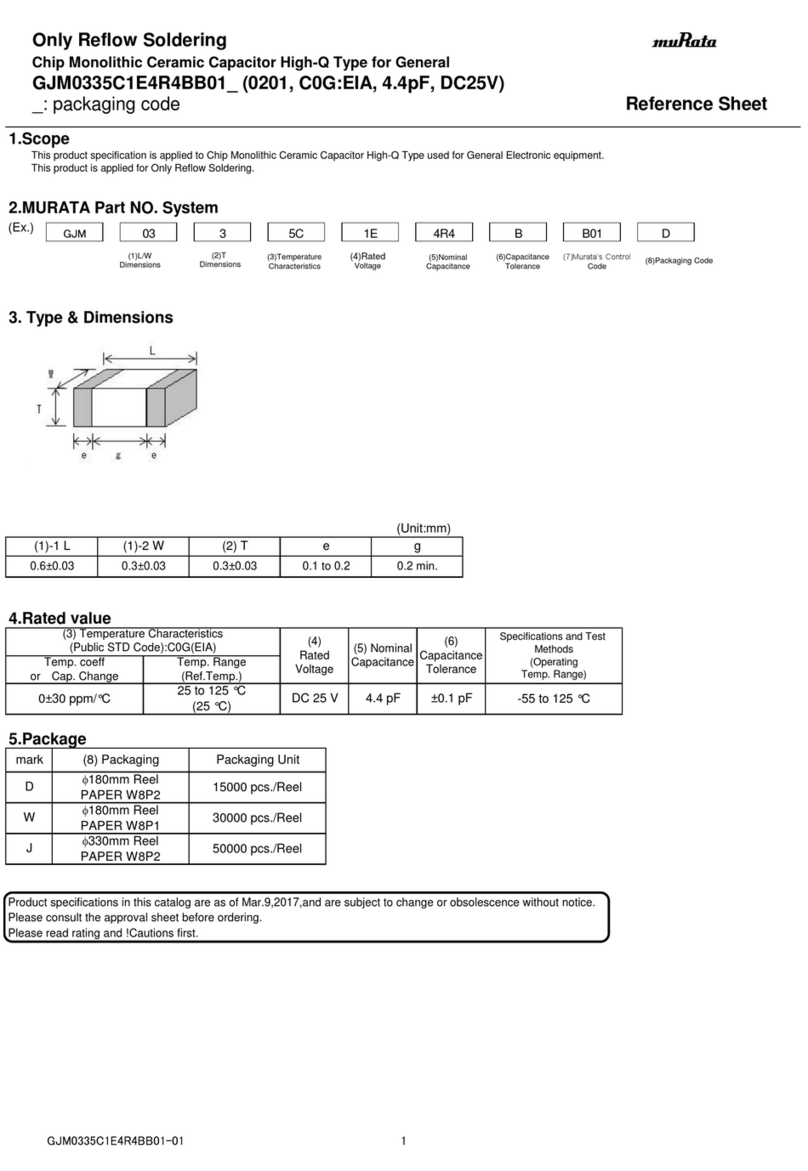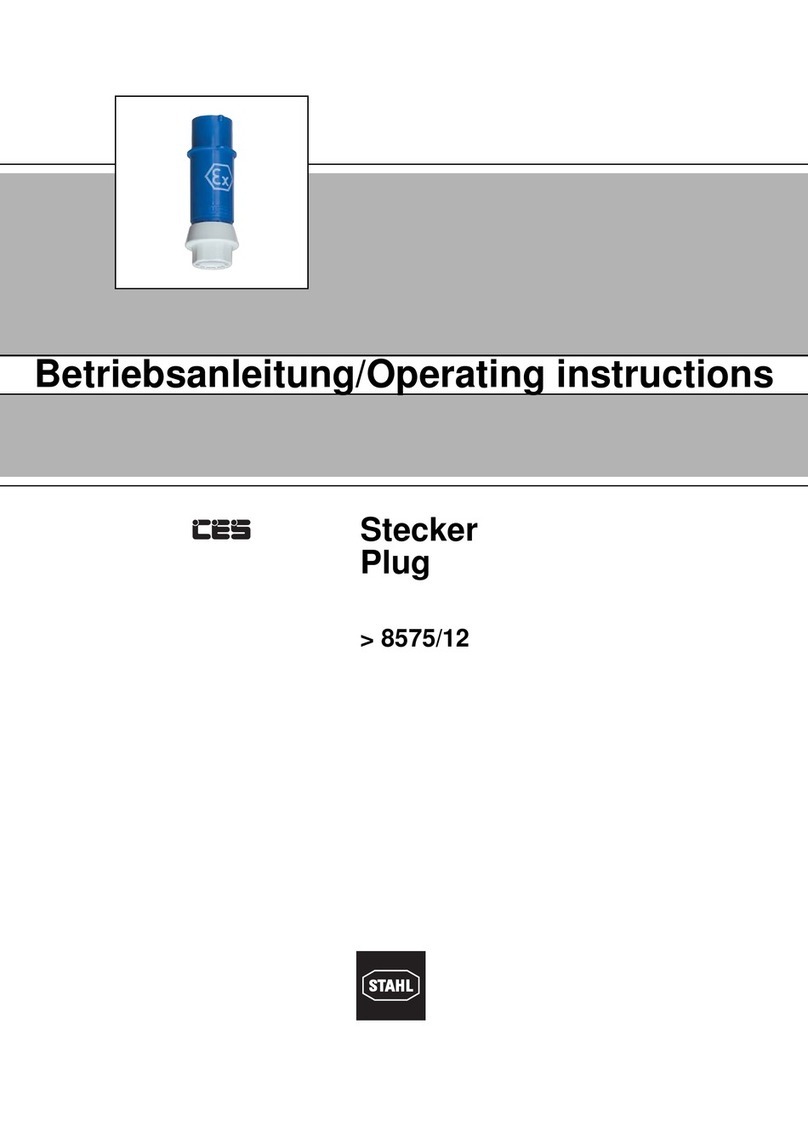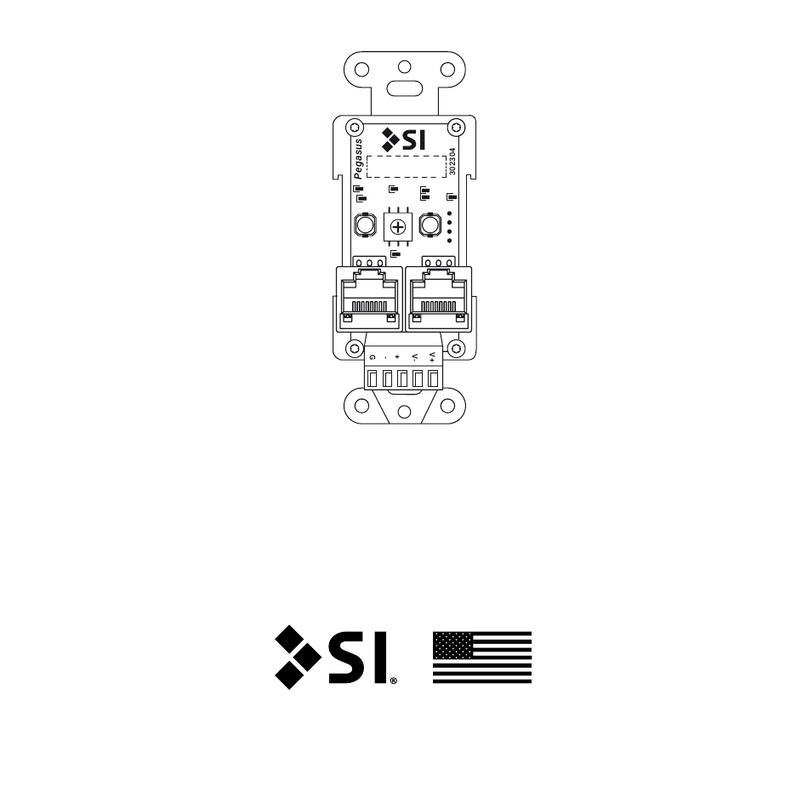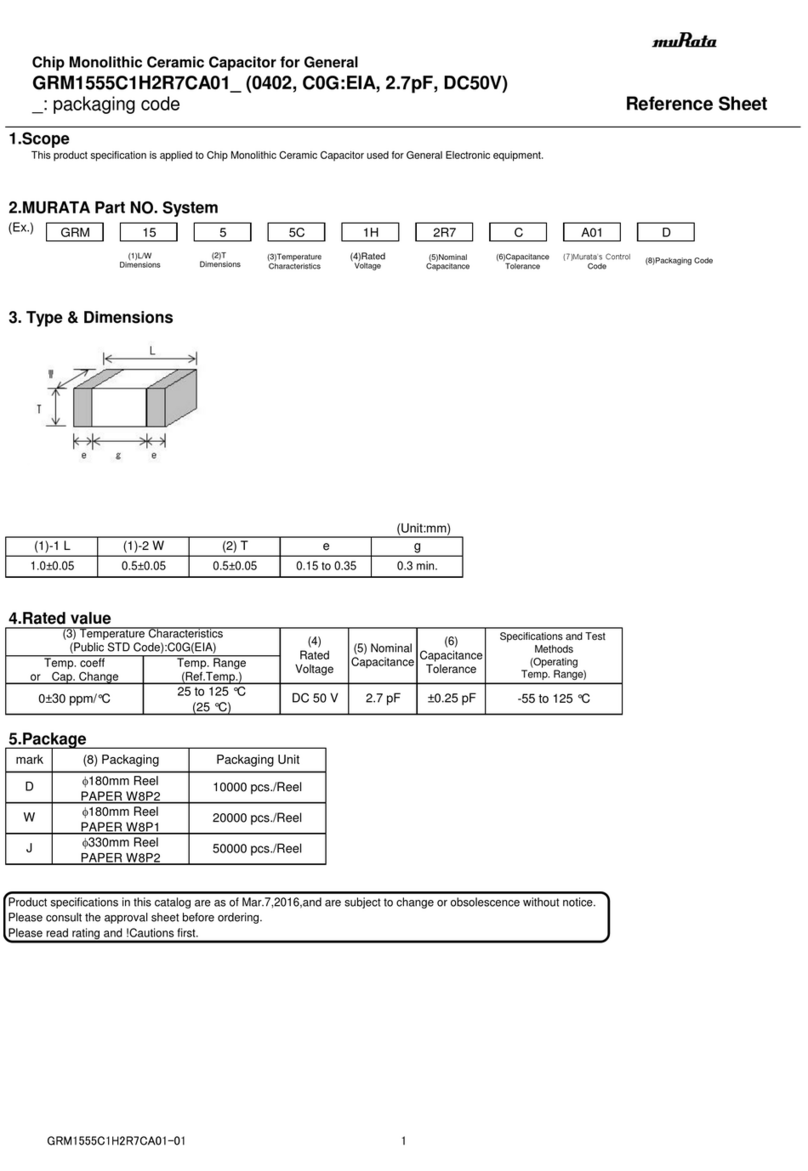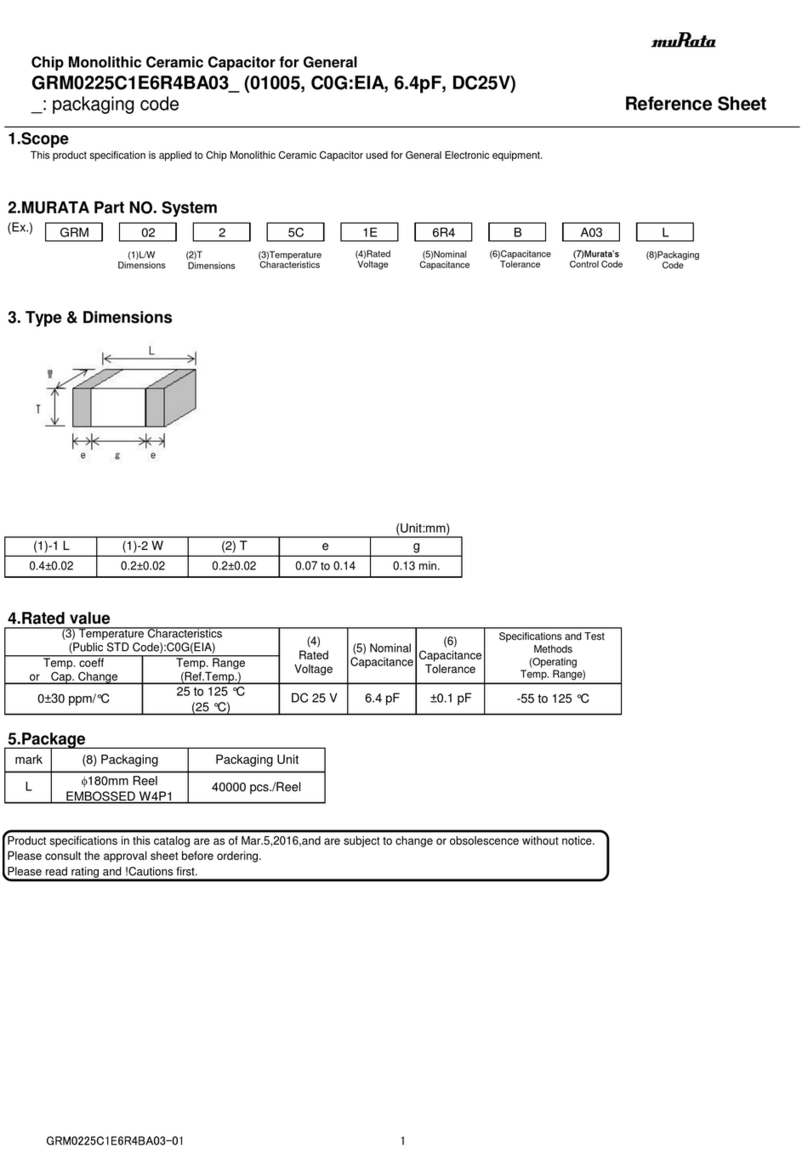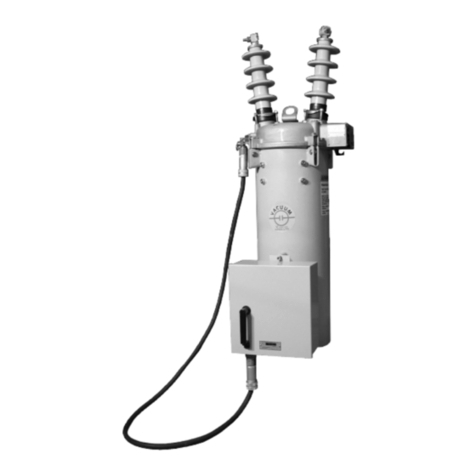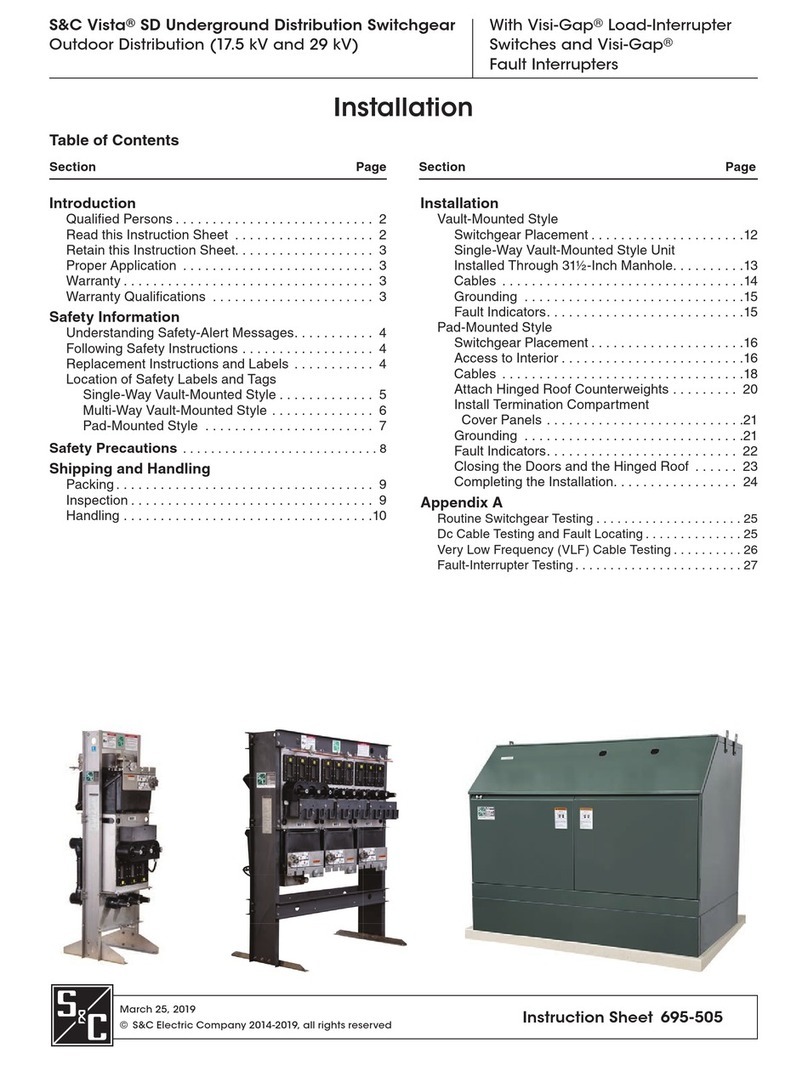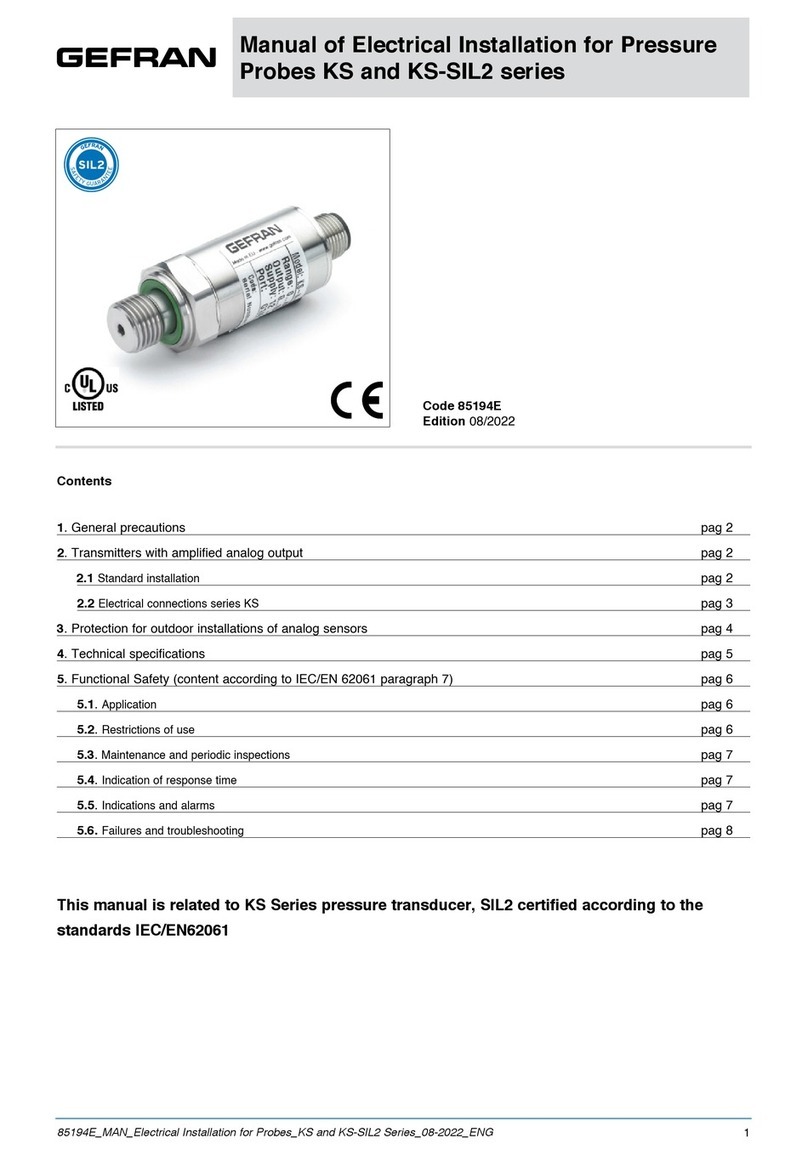
____________________ _
ADL300-EPCv2- User Guide Page 3 of 64
TABLE OF CONTENTS
INTRODUCTION ............................................................................................................................................... 5
1. INSTALL THE APPLICATION ............................................................................................................... 6
1.1 General Information ............................................................................................................................ 6
1.2 Requirements...................................................................................................................................... 6
1.3 Preliminary operations ........................................................................................................................ 6
2. APPLICATION OVERVIEW ................................................................................................................... 8
3. CONFIGURATION OF THE INTERNAL POSITIONING DEVICE (EPC).............................................. 9
3.1 Layout of cams.................................................................................................................................... 9
3.2 Description of Functions (EPC)......................................................................................................... 14
3.2.1 Standard functions: .................................................................................................................... 14
3.2.2 Floor counter.............................................................................................................................. 14
3.2.3 Mechanical constants ................................................................................................................ 14
3.2.4 Elevator Shaft Limit.................................................................................................................... 14
3.2.5 Self Study function ..................................................................................................................... 14
3.2.6 Zero cycle function..................................................................................................................... 14
3.2.7 Jog mode ................................................................................................................................... 14
3.2.8 “Target floor call” mode.............................................................................................................. 15
3.2.9 Realignment:.............................................................................................................................. 15
3.2.10 Emergency Stop ........................................................................................................................ 15
3.2.11 Battery Run Mode ...................................................................................................................... 15
3.2.12 AtFloor - Landing position Reached .......................................................................................... 15
3.2.13 "Passing braking point" signal.................................................................................................... 15
3.3 LIFT CONTROL COMMANDS.......................................................................................................... 16
3.3.1 Maintenance command.............................................................................................................. 16
3.3.2 JogFwd command...................................................................................................................... 16
3.3.3 JogRev command ...................................................................................................................... 16
3.3.4 Zero cycle command.................................................................................................................. 17
3.3.5 SelfStudy command................................................................................................................... 18
3.3.6 FloorCall command.................................................................................................................... 19
3.3.7 Reverse command..................................................................................................................... 19
3.3.8 Forward command ..................................................................................................................... 20
3.3.9 Stop command........................................................................................................................... 20
3.3.10 Battery Run Mode function ........................................................................................................ 21
3.3.11 Battery SEL function .................................................................................................................. 21
3.3.12 Realignment function ................................................................................................................. 21
4. COMMISSIONING VIA KEYPAD......................................................................................................... 22
4.1 ASYNCHRONOUS MOTOR START-UP WIZARD........................................................................... 22
4.2 SYNCHRONOUS MOTOR START-UP WIZARD ............................................................................. 22
5. DESCRIPTION OF PARAMETERS..................................................................................................... 26
6. CONFIGURATION OF INPUT/OUTPUT COMMANDS....................................................................... 53
